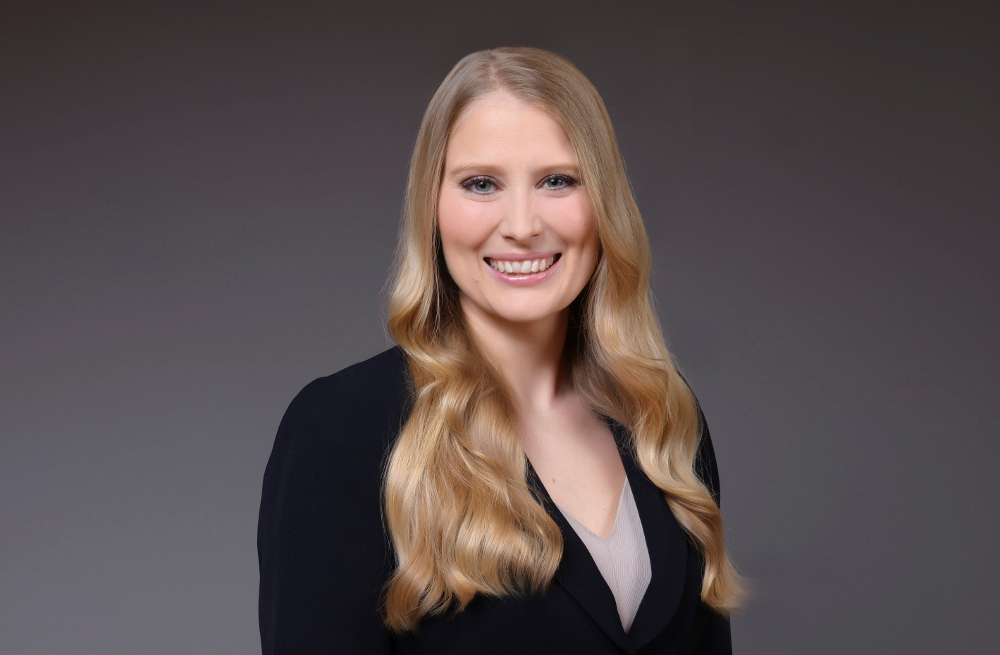Natasha Catterson: Predicting future UK immigration policy

Natasha Catterson
Following the recent economic and political events in the UK, many business leaders are wondering what’s next for immigration policy as they look to navigate a new course towards growth in a turbulent fiscal environment.
New chancellor, Jeremy Hunt, has put forth a new, alternative approach to managing the UK economy as he delivered his Autumn Statement to Parliament, against the background of rising prices with inflation reaching a 40-year high of 11.1 per cent in October coupled with high and rising interest rates, and an acknowledged hole in public finances.
The announcement, however, was clearly shaped with the forecasts of the Office of Budget Responsibility (OBR) very much in mind. The absence of such considerations is widely regarded as having entirely undermined the credibility of the previous government’s ‘mini-budget’.
In delivering the Autumn Statement, the chancellor highlighted the OBR’s assessment that the UK was already in recession. It was forecasting that UK inflation would be 9.1 per cent this year, falling to 7.4 per cent next year, and that unemployment was set to rise from 3.6 per cent this year to 4.9 per cent next year. And while growth was still projected to be 4.2 per cent this year, this would shrink by 1.4 per cent by 2023 and rise by 1.3 per cent the following year.
The chancellor said his priorities were “stability, growth and public services” with the aim of hitting the government’s debt and spending targets over five years, not three; to achieve a “high wage, high skill economy to lead long term prosperity”, and to turn the UK into a “science superpower”.
It was interesting, however, that the use of immigration was not mentioned at all as a mechanism to achieve such aims.
The OBR’s analysis also carried the detail that it had now revised its forecast for net migration over the next three years: instead of the 136,000 it had forecast only six months earlier, the OBR now forecast that net migration to the UK would reach 224,000; and that from 2026 onwards the number was predicted to remain at a constant of around 205,000 (as opposed to the earlier forecast of 129,000). This figure may need to be further revised upwards in light of The Office for National Statistics (ONS) confirming last week that UK net migration hit 504,000 in the year to June - the highest figure ever recorded.
More importantly, the OBR assessed that the “larger contribution from net migration” was “offsetting slower growth in productivity”.
Meanwhile, the Confederation of British Industry (CBI) is calling for a relaxation of immigration rules to help address labour shortages and bolster growth. In his address to the CBI’s annual conference, the organisation’s director general Tony Danker said the country needed ‘economic migration’ and should introduce fixed-term visas as one means of filling the high number of current vacancies.
So what does all this mean when it comes to predicting future UK government immigration policy?
The general expectation is that there will be a continuation of the current focus on attracting “high skilled” migration with sporadic opportunities for “low skilled” entrants. Having said that, it is possible to envisage some potential surprises. There are several broad factors that give credence to this overall scenario:
- The terms of the government’s fiscal plans announced in the Autumn Statement rely on OBR growth forecasts that in turn rely on growth in net migration, based on the continued operation of the current immigration system. Such a continuation would therefore deliver the stability and growth sought by the Chancellor.
- The current system was set in place primarily against the backdrop of Brexit. The targeting of ‘high skilled’ workers for specific occupations at minimum salaries, led by employer demand evidenced by the take-up of the requisite sponsor licence, reflected the political imperative among Brexit supporters of ‘taking back control’ of UK borders.
- The system generally appears to be doing well and supporting growth. Data released by the government for the year ending June 2022 showed that, at 331,233, there was a 72 per cent increase in the number of work-related visas granted compared to 2019 (the period prior to the pandemic), with the total for ‘worker’ visas (at 216,450) accounting for 67 per cent of such grants and representing a 96 per cent increase compared to grants under equivalent routes in 2019. Grants under ‘temporary worker’ routes have also reportedly increased by 67 per cent through a rise in applications under the ‘seasonal worker’ route.
- There is scope – albeit limited – for the government to further refine the system in place. How likely it is that some of the possibilities materialise, however, is open to question. Its options might include removing the English requirement for initial entrants, adding more categories suited to the demands of real-world commerce or modifying existing ones (especially those that are little used, such as the Innovator Route), adding more lower skilled occupations to the shortage occupation list – the Migration Advisory Committee Review remains outstanding on this issue – and making the cost of applications and coming to the UK cheaper.
- The government of Prime Minister Rishi Sunak has been generally reticent about identifying any changes to the system, but there are some signs of political and economic pragmatism. Whilst at the G20 summit, the prime minister announced a reciprocal deal with India that would allow citizens of each country to move to the other with the aim of advancing trade deals. At the same time there has been reticence to expressly declare the use of immigration, with the Prime Minister in answering questions from the opposition before the Autumn Statement simply stating he would not make trade deals quickly at the expense of ‘quality’.
- Whilst the net migration figure has put pressure on the Prime Minister and led to some calls to reduce immigration, it is clear the past year has been an exceptional one with the lifting of covid restrictions and the introduction of humanitarian routes for Ukraine and Hong Kong. It may not be prudent to use this year’s figures as an indicator of future trends, particularly whilst skills shortages persist, and big businesses continue to call for greater migration. Initial indications are that the government will continue to focus on reducing the number of arrivals by boat in the Channel and possibly look to tighten requirements on international students.
Although it is difficult to predict the future immigration policy landscape with any certainty, it is not unreasonable to expect, in general, more of the same. But it is a live and dynamic area of policy, and we will remain alert to government statements that signpost the direction of travel.
![]()
Natasha Catterson is a partner at Fragomen






